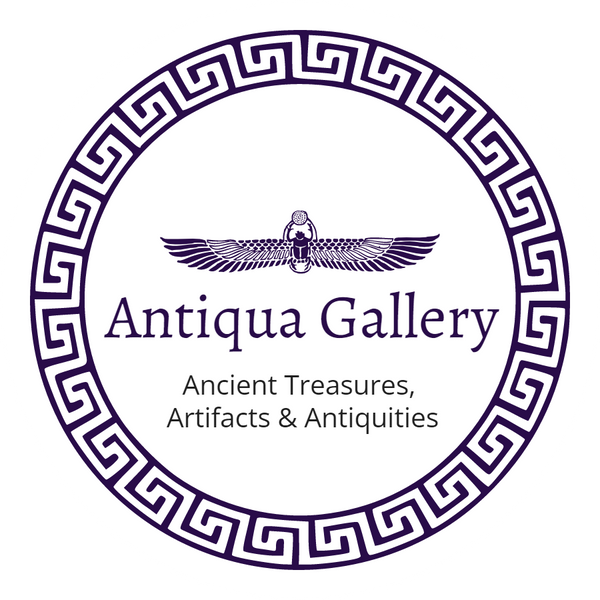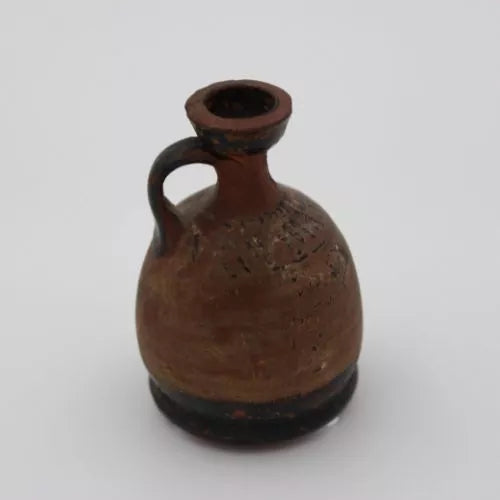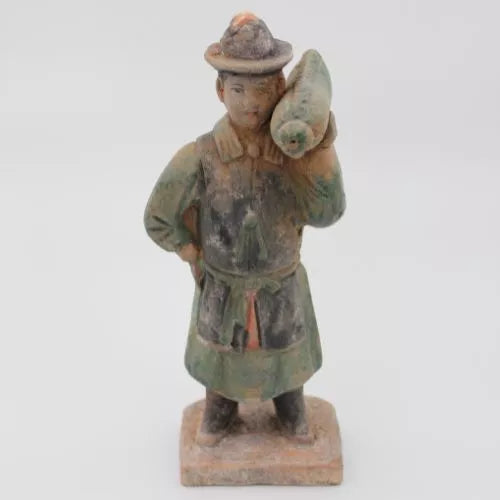Authenticate Ancient Egyptian Faience
Egyptian antiquities and especially ancient faience artefacts are truly astonishing objects. They give the glimpse into a mysterious and unique culture of the ancient world. To the ancient Egyptians it was known as tjehnet, meaning that which is scintillating.
In the beginning of egyptian faiences history, there was only a bright blue and green colour glaze. Slowly but surely they refined their formula, method and process. The egyptians started making faience inlays in different colours and their art evolved into something truly special.
- In general, faience is porous – therefore it will absorb water rather quickly. A faience piece that doesn’t should concern you a bit.
- Uneven glazing is very typical for faience in ancient times.
- Variation in the deepness of colour. It will rarely be completely blue, usually there will be small variations due to the thickness of glazing etc.
- In small cracks in the glaze, dirt will usually have filled the space.
- There shouldn’t be clearly vissible bubbles in the glaze, if this is the case, be aware.
Materials and Production
Faience is a non-clay ceramic made ofcrshed quartz or sand with small amounts of lime (calium oxide) and natron or plant ash (alkali).
- You start of mixing the ingredients and add water - this makes it into a paste.
- You then press the paste into a mold.
- Then you remove excess paste and cut out extra details.
- While drying the salts are efflorescing.
- At last you fire it and the object while become glazed.
Discover my Ancient Egyptian Faience collection here!
Interesting Litterature/Books About Egyptian Faience:
- Friedman, Gifts of the Nile - Ancient Egyptian Faience, 1998
- Paul T. Nicholson, Egyptian Faience and Glass










